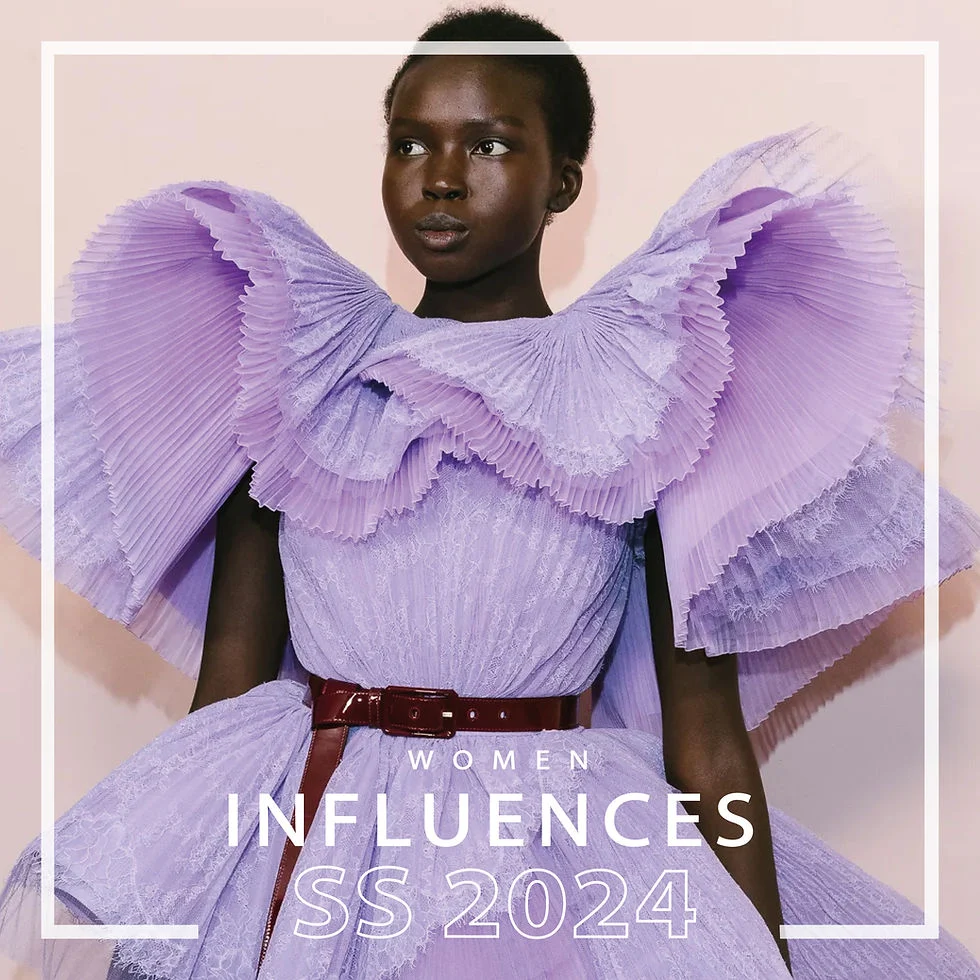The fashion industry is facing a critical challenge in terms of sustainability, as it is one of the most polluting and wasteful industries in the world. In response to this challenge, many fashion brands are implementing various strategies to reduce their environmental impact and promote sustainable practices. How Fashion Brands Are Tackling the Sustainability Challenge has become a central focus for many companies, as they seek to incorporate eco-friendly materials, ethical production processes, and waste reduction measures into their business models. These efforts are aimed at addressing the environmental and social issues associated with the fashion industry, while also meeting the growing consumer demand for sustainable and ethical products. By adopting innovative approaches and collaborating with industry partners, fashion brands are working towards a more sustainable and responsible future for the industry.
1. Sustainable Materials in Fashion
Many fashion brands are taking steps to incorporate sustainable materials into their designs, in order to reduce their environmental impact. This includes using organic cotton, recycled polyester, and other eco-friendly fabrics. By sourcing materials that are produced in a responsible manner, fashion brands can minimize the harm caused by traditional textile production processes.
Furthermore, some brands are exploring innovative materials such as vegan leather made from plant-based alternatives, or fibers derived from agricultural waste. These initiatives not only reduce the use of animal products but also contribute to a more circular and sustainable fashion industry.
2. Ethical and Fair Trade Practices
In addition to using sustainable materials, fashion brands are also focusing on ethical and fair trade practices. This involves ensuring that the workers involved in the production process are treated fairly and paid a living wage. Brands are increasingly partnering with certified fair trade factories and suppliers to guarantee better working conditions and support communities in developing countries.
By prioritizing ethical practices, fashion brands can improve the livelihoods of garment workers and contribute to the overall social sustainability of the industry. This also creates transparency and accountability within the supply chain, which is essential for building trust with consumers.
3. Waste Reduction and Recycling Initiatives
To address the issue of textile waste, many fashion brands are implementing waste reduction and recycling initiatives. This includes designing products with longevity in mind, as well as offering repair and recycling programs to extend the lifespan of their garments. Some brands are also incorporating recycled materials into their collections, closing the loop on production and consumption.
Moreover, innovative technologies such as 3D knitting and zero-waste pattern cutting are being embraced to minimize fabric waste during the manufacturing process. By reimagining traditional production methods, fashion brands can significantly reduce their environmental footprint and contribute to a more circular economy.
4. Transparent and Traceable Supply Chains
In response to consumer demand for transparency, fashion brands are increasingly focused on creating traceable and transparent supply chains. This involves disclosing information about the origins of raw materials, the production process, and the environmental and social impact of their products. By providing this level of transparency, brands can empower consumers to make more informed and ethical purchasing decisions.
Some brands are leveraging blockchain technology to create immutable records of their supply chain, ensuring greater accountability and trust. This not only helps in preventing unethical practices such as child labor and environmental degradation but also fosters a sense of authenticity and credibility for the brand.
5. Circular Fashion Models
Another approach that fashion brands are taking to address sustainability is embracing circular fashion models. This involves designing products with the intention of extending their lifespan through reuse, repair, and recycling. Brands are experimenting with take-back programs, where customers can return their old garments to be either resold, upcycled, or recycled.
Furthermore, some brands are exploring rental and subscription services, allowing customers to access and enjoy fashion without the need for continuous ownership. By shifting towards a circular fashion model, brands can reduce the overall environmental impact of their products and minimize the volume of textiles ending up in landfills.
6. Sustainable Packaging and Distribution
In addition to focusing on the sustainability of their products, fashion brands are also paying attention to their packaging and distribution practices. Many brands are transitioning to biodegradable or recycled packaging materials, as well as exploring innovative packaging designs that minimize waste. Some are also optimizing their distribution networks to reduce carbon emissions and minimize transportation-related environmental impact.
Furthermore, brands are increasingly embracing direct-to-consumer models, which can eliminate the need for excessive packaging and reduce the environmental impact of middlemen. By rethinking their packaging and distribution strategies, fashion brands can contribute to a more sustainable and eco-friendly supply chain.
7. Collaboration and Industry Initiatives
To drive collective action towards sustainability, fashion brands are collaborating with industry peers, non-governmental organizations, and government bodies. These collaborations aim to share best practices, develop industry-wide standards, and advocate for policy changes that support sustainable fashion practices. By working together, brands can amplify their impact and drive systemic change within the industry.
Moreover, some brands are participating in initiatives such as the Sustainable Apparel Coalition and the Fashion Pact, which bring together stakeholders to address environmental and social challenges. By actively engaging in these initiatives, fashion brands can contribute to a more sustainable and responsible industry as a whole.
8. Consumer Education and Engagement
Lastly, fashion brands are prioritizing consumer education and engagement as a means to drive sustainable behavior. This involves transparently communicating their sustainability efforts and initiatives to consumers, as well as providing resources and guidance on responsible consumption and care for their products. By empowering consumers with knowledge, brands can foster a community of environmentally conscious and ethically minded individuals.
Furthermore, some brands are leveraging technology and digital platforms to create immersive experiences that educate and inspire consumers to make more sustainable choices. By building a strong connection with their audience, brands can influence consumer behavior and encourage a shift towards more sustainable fashion consumption habits.
| Brand | Initiatives |
|---|---|
| Adidas | Using sustainable materials, reducing water usage, and investing in renewable energy |
| Patagonia | Promoting fair labor practices, offering repair and recycling programs, and using organic cotton |
| H&M | Collecting and recycling old clothes, using recycled materials in their products, and setting emission reduction targets |
| Eileen Fisher | Implementing a closed-loop system, using organic and sustainable fibers, and focusing on ethical manufacturing |
Fashion brands are tackling the sustainability challenge by implementing various initiatives such as using sustainable materials, reducing water usage, promoting fair labor practices, and focusing on ethical manufacturing. These efforts are aimed at reducing the environmental impact of the fashion industry and promoting more sustainable practices.



